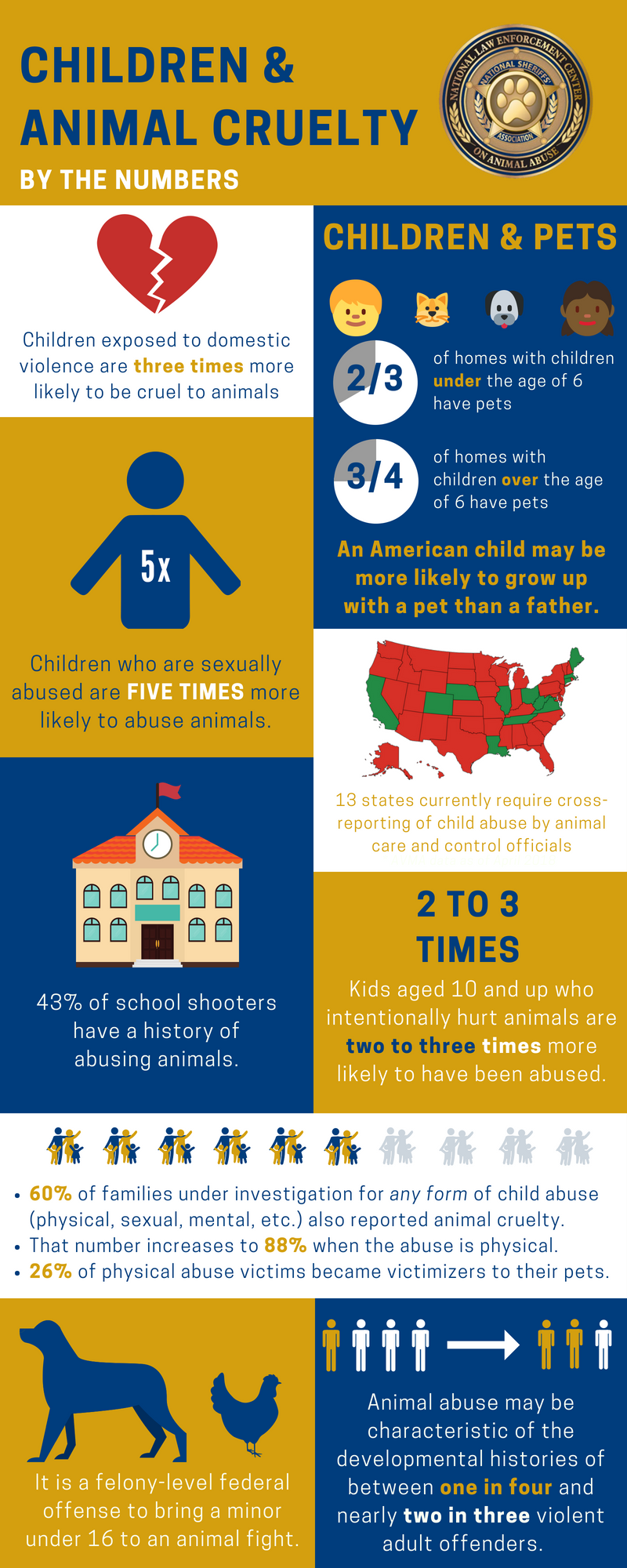Animal cruelty is a phenomenon that has garnered substantial attention in recent years, given its implications not only for our animal counterparts but also for the individuals who commit such acts. The relationship between animal abuse and juvenile delinquency is a complex one, woven intricately into the fabric of societal norms and psychological development. Understanding this relationship is vital in preventing violence and fostering a more empathetic future generation.
A plethora of studies has established a disturbing correlation between individuals who exhibit brutal behavior towards animals and a propensity for future criminal activity. The exploration begins with identifying the various types of cruelty inflicted upon animals by children and adolescents. This behavior can manifest in several forms, from blatant physical harm to more insidious psychological torment. It’s crucial to categorize these actions to better understand the motivations and likely outcomes associated with such tendencies.
One observable type of cruelty is physical abuse, where individuals may engage in acts of violence, such as beating, kicking, or otherwise torturing animals. Often stemming from an impulse to exert power or control, such behaviors may reflect underlying psychological issues. Conversely, neglectful cruelty can occur when individuals fail to provide the minimum care necessary for an animal’s well-being, resulting in undue suffering. This neglect often hints at deeper educational or socio-economic shortcomings, wherein these individuals may not fully comprehend the responsibilities that accompany pet ownership.
Emotional or psychological abuse toward animals adds another layer to this intricate issue. This type of cruelty can include actions aimed at instilling fear or distress in an animal, often for the amusement of the individual. Such behaviors can be particularly alarming as they point to a disturbing lack of empathy and emotional intelligence, key factors in human development. Detecting these behaviors early is critical, as they often serve as precursors to more significant societal issues.
Nevertheless, it is imperative to recognize that not all children who engage in animal cruelty fit the mold of a future criminal. Various factors can influence this behavior, including environmental influences, upbringing, and mental health. For instance, children raised in a home marked by violence may normalize such behavior, perceiving it as an acceptable response to conflict. In this light, education and awareness become potent tools for intervention. Programs focusing on empathy, responsible animal care, and conflict resolution can mitigate the potential for future criminality.
Even though many instances of animal cruelty stem from impulsive actions or a lack of understanding, the psychological repercussions for the perpetrator can be profound. The resulting guilt or desensitization to violence can further entrench a cycle of aggression. Moreover, children who engage in cruel acts can experience friendship conflicts, isolation, and stigmatization from their peers, compounding the psychological impact. The social repercussions can be dire, reverberating through their formative years and potentially affecting their adult relationships.
The legal ramifications of animal cruelty should not be overlooked either. In recent years, many jurisdictions have begun to treat animal cruelty more seriously within the legal realm, with harsher penalties for offenders. A growing number of animal rights organizations advocate for stricter laws and improved enforcement against those who abuse animals. Nevertheless, the legal system often treats juvenile offenders differently than adult criminals, resulting in a system that sometimes emphasizes rehabilitation over punishment. Understanding the behaviors exhibited by young offenders is thus critical for informing punitive measures or rehabilitation strategies.
Moreover, the link between animal cruelty and other forms of violence has been widely established. According to research, childhood cruelty towards animals is often a significant indicator of future violent behavior. Studies have shown that many serial killers have exhibited cruelty to animals in their developmental years. Consequently, the ability to identify and address such behavior in children can play a crucial role in preventing future acts of violence against humans. This alarming connection calls for comprehensive early intervention strategies to break the cycle of violence before it escalates further.
Educators, mental health professionals, and law enforcement agencies must collaborate to develop significant programs that not only educate children about the ethical treatment of animals but also identify at-risk individuals. Implementing school-based programs that emphasize compassion and empathy towards animals may produce far-reaching benefits for both animal welfare and community safety.
Long-term solutions require recognizing the root causes of why some children engage in animal cruelty. Social factors such as neglect, poverty, and exposure to violence often shape behaviors. Addressing these underlying issues provides an avenue for meaningful change. Supportive community structures, mentorship programs, and family counseling can yield transformative results for at-risk children, steering them away from violent behaviors.
Overall, the journey from childhood animal cruelty to adult criminality is marked by a web of psychological, environmental, and social factors. The implications extend beyond mere animal welfare, touching on broader societal issues related to violence and interpersonal relationships. Recognizing and intervening in these behaviors early can pave the way for healthier relationships between individuals and their surroundings, fostering a compassionate society where empathy serves as the guiding principle. In doing so, we have the opportunity to break the cycles of violence that so often permeate our world, ensuring a more harmonious existence for both humans and animals alike.










